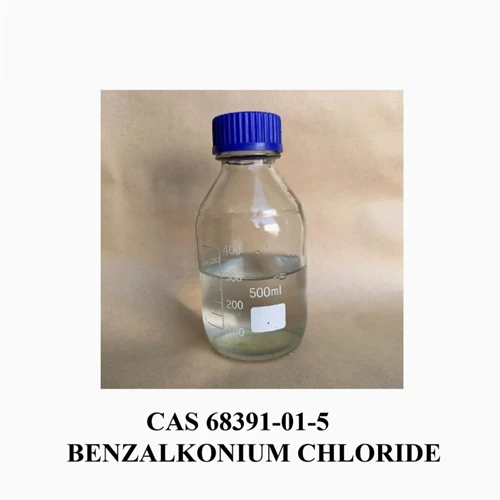Warning: Undefined array key "title" in /home/www/wwwroot/HTML/www.exportstart.com/wp-content/themes/1198/header.php on line 6
Warning: Undefined array key "file" in /home/www/wwwroot/HTML/www.exportstart.com/wp-content/themes/1198/header.php on line 7
Warning: Undefined array key "title" in /home/www/wwwroot/HTML/www.exportstart.com/wp-content/themes/1198/header.php on line 7
Warning: Undefined array key "title" in /home/www/wwwroot/HTML/www.exportstart.com/wp-content/themes/1198/header.php on line 7
- Afrikaans
- Albanian
- Amharic
- Arabic
- Armenian
- Azerbaijani
- Basque
- Belarusian
- Bengali
- Bosnian
- Bulgarian
- Catalan
- Cebuano
- China
- China (Taiwan)
- Corsican
- Croatian
- Czech
- Danish
- Dutch
- English
- Esperanto
- Estonian
- Finnish
- French
- Frisian
- Galician
- Georgian
- German
- Greek
- Gujarati
- Haitian Creole
- hausa
- hawaiian
- Hebrew
- Hindi
- Miao
- Hungarian
- Icelandic
- igbo
- Indonesian
- irish
- Italian
- Japanese
- Javanese
- Kannada
- kazakh
- Khmer
- Rwandese
- Korean
- Kurdish
- Kyrgyz
- Lao
- Latin
- Latvian
- Lithuanian
- Luxembourgish
- Macedonian
- Malgashi
- Malay
- Malayalam
- Maltese
- Maori
- Marathi
- Mongolian
- Myanmar
- Nepali
- Norwegian
- Norwegian
- Occitan
- Pashto
- Persian
- Polish
- Portuguese
- Punjabi
- Romanian
- Russian
- Samoan
- Scottish Gaelic
- Serbian
- Sesotho
- Shona
- Sindhi
- Sinhala
- Slovak
- Slovenian
- Somali
- Spanish
- Sundanese
- Swahili
- Swedish
- Tagalog
- Tajik
- Tamil
- Tatar
- Telugu
- Thai
- Turkish
- Turkmen
- Ukrainian
- Urdu
- Uighur
- Uzbek
- Vietnamese
- Welsh
- Bantu
- Yiddish
- Yoruba
- Zulu
Nov . 10, 2024 13:23 Back to list
Understanding the Properties and Uses of Citric Acid Monohydrate E330 in Food Industry
Citric Acid Monohydrate (E330) A Versatile Food Additive
Citric acid monohydrate, commonly known by its food additive code E330, is a natural organic acid that plays a significant role in the food and beverage industry. Derived primarily from citrus fruits, particularly lemons and limes, citric acid is not only a flavoring agent but also has essential preservative and buffering properties that enhance the shelf life and quality of various products.
Chemical Structure and Properties
Chemically, citric acid is a tricarboxylic acid, meaning it contains three carboxyl groups that give it a sour taste and contribute to its acidity. The monohydrate form refers to the presence of one molecule of water in its crystalline structure. This form is particularly advantageous for manufacturers as it ensures stability and facilitates storage. Citric acid monohydrate has a pH of around 3 to 6, making it slightly acidic, which is effective in inhibiting the growth of certain microorganisms, thus playing a pivotal role in food preservation.
Uses in Food Products
In the food industry, citric acid monohydrate is used in a wide array of products
. Its primary applications include1. Flavor Enhancer Citric acid provides a tart flavor that can enhance the taste of various products, making it a popular ingredient in soft drinks, candies, and sauces. It not only balances sweetness but also adds a refreshing citrus undertone.
2. Preservative By lowering the pH of food products, citric acid creates an environment that is unfavorable for bacteria, molds, and yeasts, extending the shelf life of perishable items such as jams, jellies, and canned foods.
citric acid monohydrate e330

3. Antioxidant Agent Citric acid can act as an antioxidant, helping to protect food items from damage caused by exposure to oxygen. This property is especially useful in preserving the color and flavor of fruits and vegetables.
4. Chelating Agent Citric acid is known for its ability to bind with metal ions, a property utilized in maintaining the quality of food products. By sequestering metals that could catalyze spoilage, it helps maintain stability and freshness.
Other Applications
Beyond the food industry, citric acid monohydrate has a wide range of applications. It is commonly found in cosmetics and personal care products, where it is used to adjust acidity and enhance texture. The cleaning industry also utilizes citric acid for its natural ability to dissolve mineral deposits and as an effective deodorizer.
Safety and Regulations
The safety of citric acid monohydrate as a food additive has been well established. It is generally recognized as safe (GRAS) by the Food and Drug Administration (FDA) and has been widely used in food products for decades without adverse health effects. However, like any food additive, consumption should be in moderation, especially for individuals with specific allergies or sensitivities.
Conclusion
Citric acid monohydrate (E330) stands out as an essential additive that not only enhances flavor but also serves as a preservative and stabilizer in a myriad of food products. Its wide-ranging applications extend beyond the culinary arts into households and industries worldwide, making it a truly versatile compound. As the demand for natural and safe food additives continues to grow, citric acid remains a favored choice for manufacturers and consumers alike, thanks to its efficiency, safety profile, and multifunctional qualities.
Latest news
-
Certifications for Vegetarian and Xanthan Gum Vegetarian
NewsJun.17,2025
-
Sustainability Trends Reshaping the SLES N70 Market
NewsJun.17,2025
-
Propylene Glycol Use in Vaccines: Balancing Function and Perception
NewsJun.17,2025
-
Petroleum Jelly in Skincare: Balancing Benefits and Backlash
NewsJun.17,2025
-
Energy Price Volatility and Ripple Effect on Caprolactam Markets
NewsJun.17,2025
-
Spectroscopic Techniques for Adipic Acid Molecular Weight
NewsJun.17,2025

